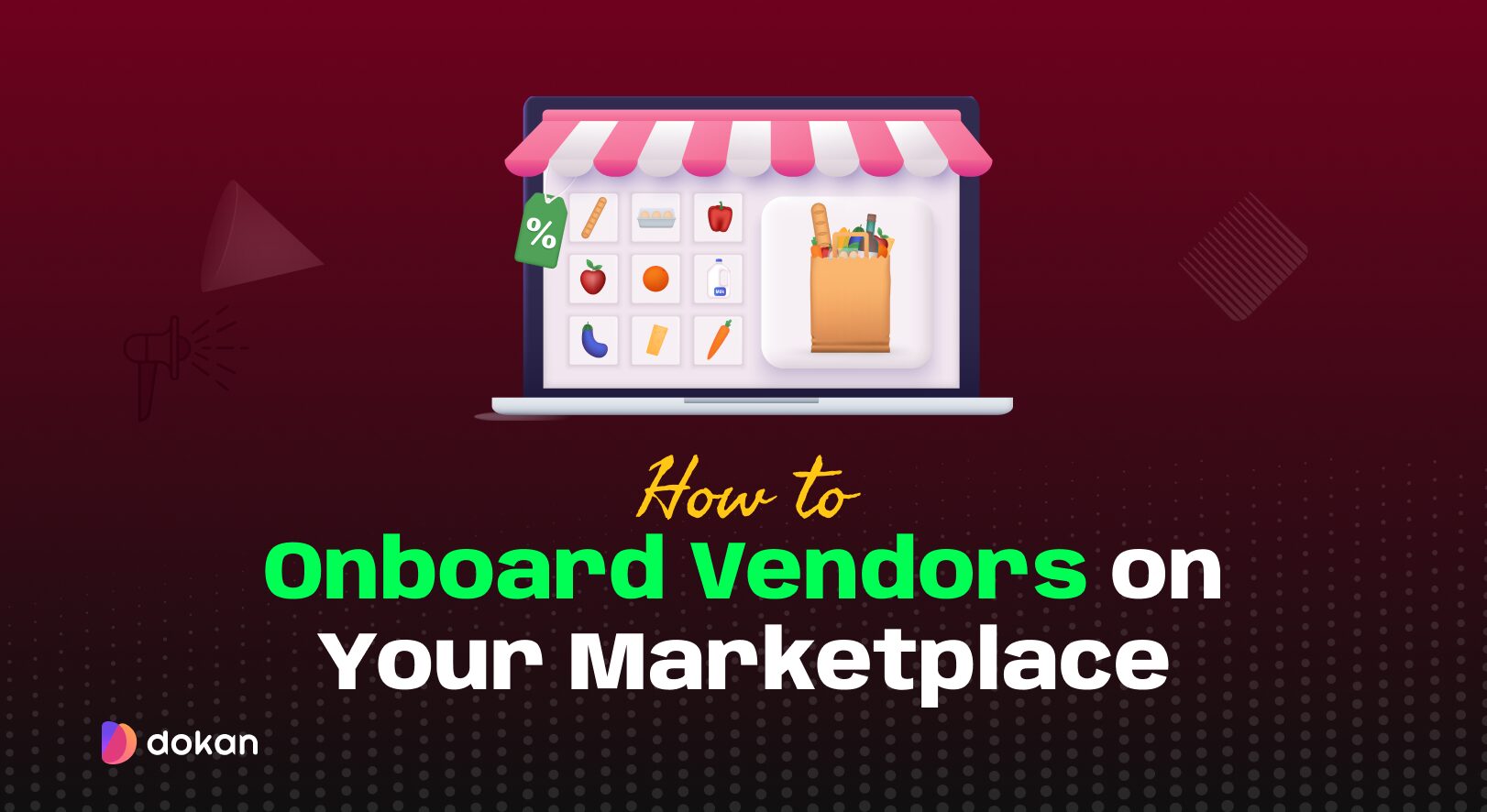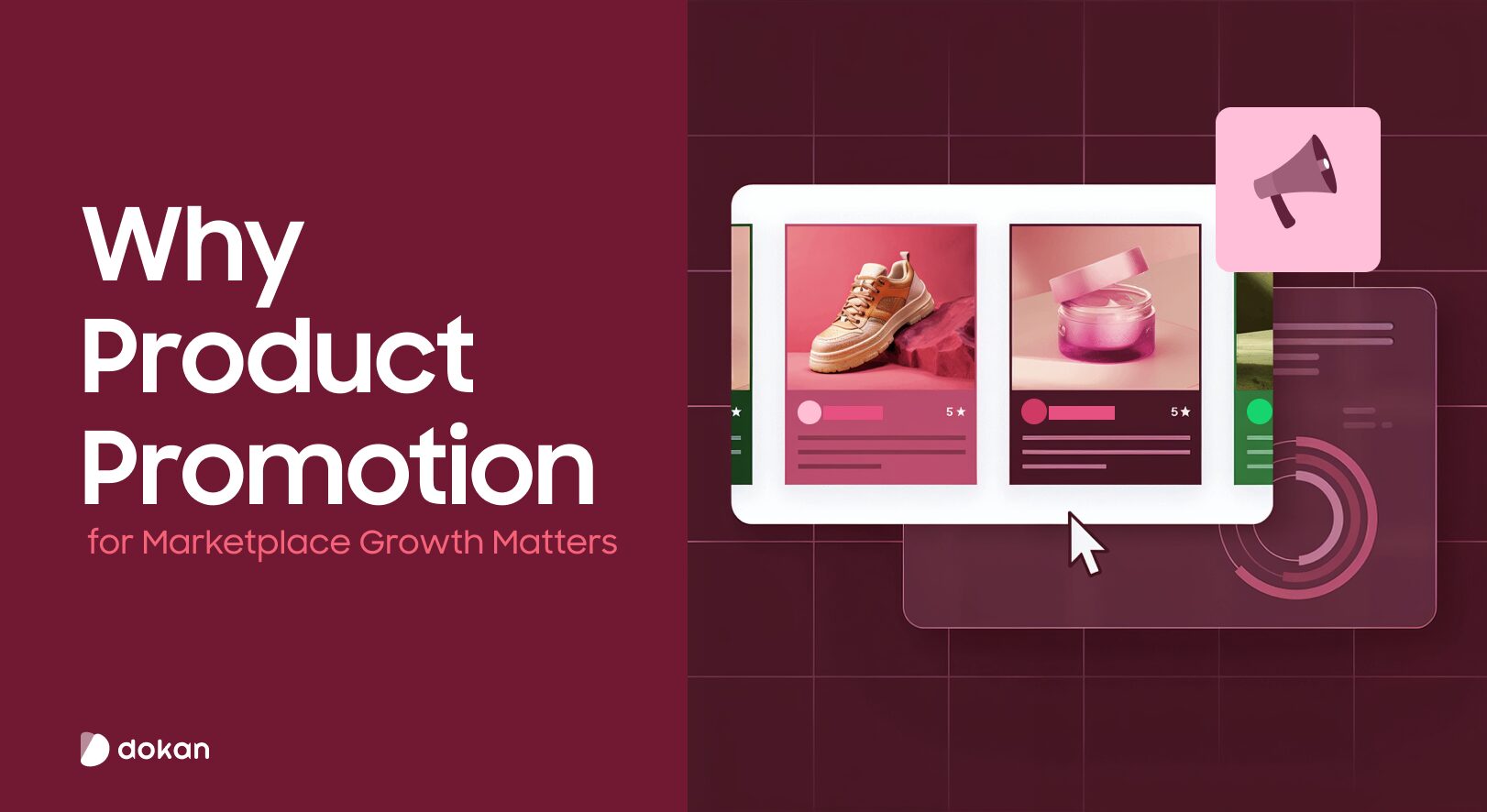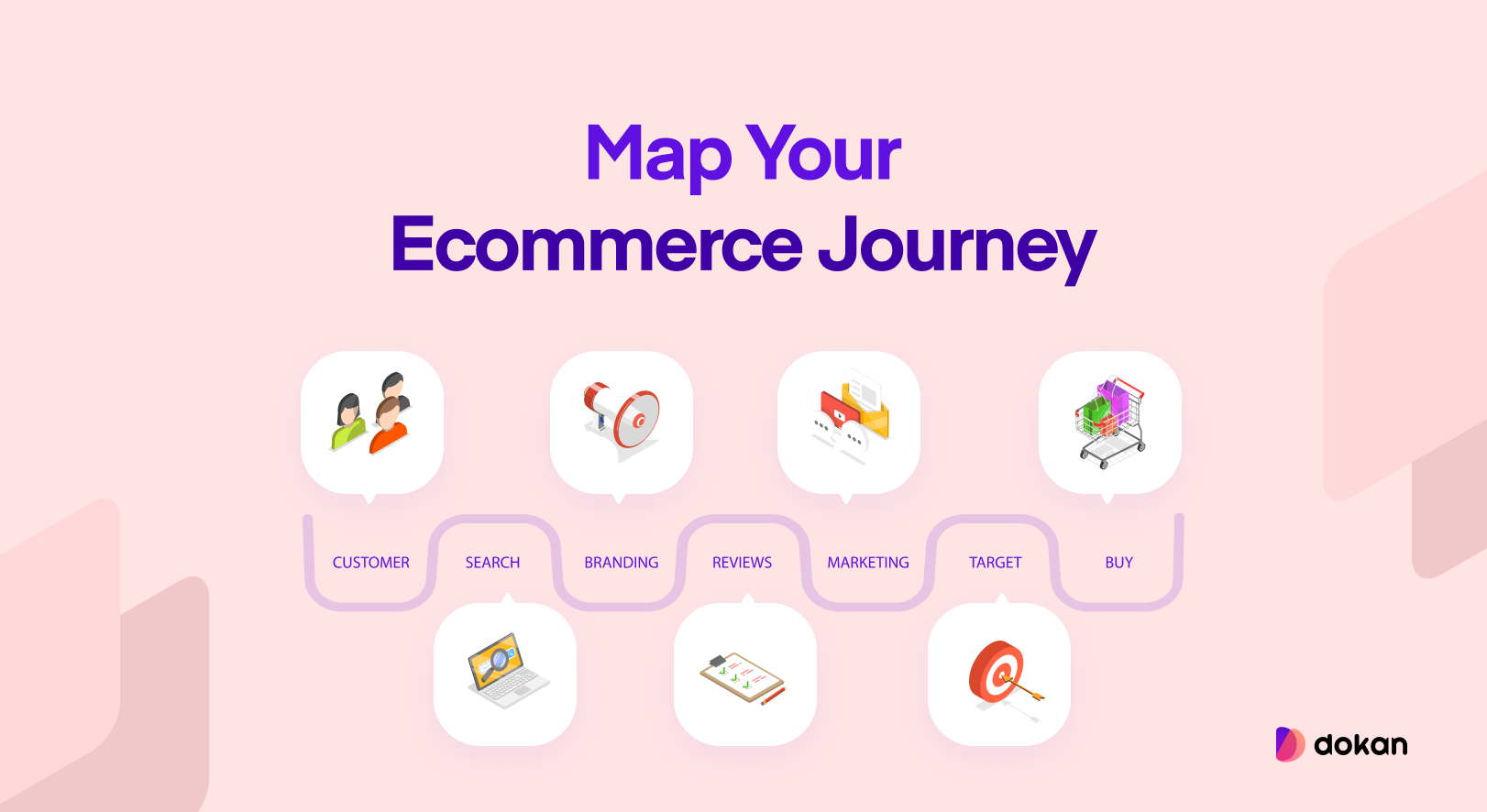In my last blog, I covered how to find vendors for your online marketplace—where to look, how to attract them, and the best ways to reach out. But finding vendors is only half the battle.
The next step? Onboarding them the right way.
Imagine this: You’ve convinced a great vendor to join your marketplace, but the sign-up process is confusing, the rules are unclear, and they don’t know what to do next.
What happens? They leave. And just like that, you lose a potential long-term seller.
To keep vendors engaged, you need a smooth, simple, and welcoming onboarding process. In this blog, I’ll walk you through step-by-step how to onboard vendors, get them selling fast, and keep them happy on your platform.
Let’s get started! 🚀

Subscribe to
Dokan blog
Step 1: Have a Clear Vendor Onboarding Strategy
Before vendors start signing up, make sure you have a plan in place. Ask yourself:
Having clear guidelines in place saves future headaches. For example, if you’re building a handmade goods marketplace, you might want to allow only artisans and small businesses, not mass-produced suppliers.
If you’re launching a fashion marketplace, set a rule that vendors must upload high-quality product photos. This keeps the website visually appealing.
It’s also important to set clear commission rates and payment terms so vendors know what to expect before they join.
Step 2: Make Vendor Registration Quick & Easy
Nobody likes long, complicated sign-up forms. So, keep it simple!
Your vendor registration form should include only the essentials:
Offer social login options (Google, Facebook) so vendors can sign up quickly without filling everything manually.
Amazon allows new vendors to register in minutes by entering basic business details. Your marketplace should be just as effortless.
WordPress Tip: If you’re using Dokan, this plugin lets your vendors sign up and create their store automatically.
Step 3: Provide a Vendor Dashboard & Training
Once registered, vendors need a user-friendly dashboard to manage their stores. Luckily, Dokan gives vendors an easy-to-use dashboard where they can manage orders, inventory, and sales.
A good vendor dashboard should allow them to:
If the dashboard is too complex, vendors will struggle. But if it’s simple and intuitive, they’ll sell more.
To help your vendors, you can offer guides and video tutorials on:
Step 4: Clearly Explain Your Marketplace Rules

Vendors need to understand your marketplace policies before they start selling. Otherwise, there will be confusion.
You can create a simple Vendor Guide for them, covering:
Always try to use clear, easy-to-understand language. For example, instead of saying, “All vendors must comply with stringent quality control regulations” you can say, “Make sure your products match the photos and descriptions to avoid customer complaints.”
💡 Pro Tip: Create a FAQ page answering common vendor questions like “How do I get paid?” or “What happens if a customer wants a refund?”
Step 5: Offer Incentives for New Vendors
Make it worthwhile for vendors to stay and succeed. Offer:
Vendors are more likely to join and stay if you give them a reason to.
🎉 Ways to Attract & Retain Vendors:
- Lower commission fees for the first 3 months
- Free product listings (e.g., “List your first 10 products for free!”)
- Marketing support (feature them on social media or homepage)
Have a support team or chatbot ready to help vendors when they need assistance.
Step 6: Help Vendors List Their First Product
For a new vendor, listing a product for the first time can feel overwhelming. Help them get it right.
Provide step-by-step guidance on:
💡 Pro Tip: Offer a bulk upload option for vendors with many products. Plugins like WooCommerce CSV Importer allow vendors to upload hundreds of items at once.
Step 7: Track Vendor Performance & Provide Feedback
Once vendors start selling, keep an eye on their performance.
You can monitor them by:
📊 Sales numbers
⭐ Customer ratings
🚚 Order fulfillment speed
You can track vendor activity using analytics tools like WooCommerce Reports or Google Analytics.
If a vendor is struggling, offer tips on how to improve. If they’re performing well, reward them with homepage features or lower commission rates.
Are you using Dokan to run your online marketplace? Then you can monitor and track all your vendors’ activities right from your WordPress dashboard.
Besides, you can share SEO and marketing tips to help vendors improve their listings and boost sales.
Step 8: Build a Strong Vendor Community

Your marketplace isn’t just a selling platform—it’s a business hub. You can create a community that keeps vendors engaged and loyal.
For example, create a vendor-only group on Slack, Facebook, or WhatsApp where they can ask questions and share insights.
You can also host webinars and training sessions to help vendors grow their businesses.
Quick ways to keep your vendors connected:
Shopify has an active community forum where vendors discuss business challenges and marketing strategies. A strong vendor network helps your marketplace grow.
These are eight actionable tips you can use to make your vendor onboarding process easier and grow your marketplace dramatically.
A Smooth Onboarding Process = Happy Vendors = More Sales
Getting vendors to sign up is just the first step. Keeping them engaged and helping them succeed is what will make your marketplace successful.
A strong onboarding process sets vendors up for success. When they feel supported, they sell more, provide better service, and help your marketplace grow.
Let’s recap:
✅ Make vendor registration simple
✅ Provide a clear, easy-to-use dashboard
✅ Explain marketplace rules in simple terms
✅ Offer incentives to attract vendors
✅ Guide them through listing their first product
✅ Monitor their performance & offer feedback
✅ Build a vendor community
If you follow these steps, your marketplace will be full of happy, successful vendors—which means more customers, more sales, and long-term success! 🚀
Subscribe to
Dokan blog
We send weekly newsletters, no spam for sure!







Leave a Reply